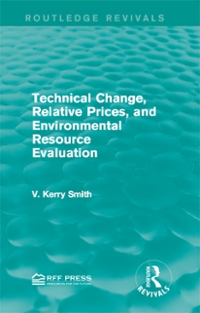Answer the following questions
1. [Market Equilibrium I - Consumers and Producers Surplus, Price Floor] Find (a) equilibrium price, (b) equilibrium quantity, (c) consumers' surplus, (d) producers' surplus, and (e) total surplus for the following markets. Qd21252P Q,=45+8R What is the surplus or shortage if lhe government imposes a price oor of P = 20 in this market. 2. [Market Equilibrium II - Comers and Producers Surplus, Price Ceiling] Find (a) equilibrium price, (b) equilibrium quantity, (c) consumers' surplus, (d) producers' surplus, and (e) total surplus for the following markets. QM+W=O lygmzo What is the surplus or shortage if the government imposes a price ceiling ofP = 2 in this market. 1 . PRDBLEM Consider the following \"portfolio choice\" problem. The investor has initial wealth to and utility uh?) = e. There is a safe asset [such as a US government bond} that has net real return of zero. There is also a risky asset with a random net return that has only two possible returns1 Rl :- l] with probability q and R4; 1:: [l with probability 1-- 9. Suppose that 9R1 + [1 - Eln 3: It}, so the risky asset pays more than the safe asset in expectation. Let A be the amount invested in the risky asset, so that w--A is invested in the safe asset. {i} Find the value of A that maximizes the agent's payoff {note that .4. depends on m, Re and 31}. Does the investor put more or less of his portfolio into the risky asset as his wealth increases? {ii} Find the agent's eoeieient of absolute risk aversion 3(a) = -%. How does it depend on wealth? How does this account for the the answer you obtained in part {i}? Suppose a student has two possible routes for their commute to school. Because they never Route 1 Route 2 want to be late for class, they want to choose the route that provides a more consistent Sample commute time. Being a hopeless statistician, the student meticulously drove the first route 19 standard 6.5 minutes |10.8 minutes times and the second route 24 times and calculated the standard deviations for each. The deviation following table summarizes sample data collected from two different routes. Complete parts a Sample size 19 24 and b. a. Using a = 0.05, determine if Route 1 provides a more consistent commute time than Route 2. Let of represent the larger sample variance and let oz represent the smaller sample variance. Identify the null and alternative hypotheses. Choose the correct answer below. O A. Ho: 07 =03 OB. Ho: 07 202 C. Ho: 07 so} OD. Hy: 07 #03 H1: 02>03 H,: 03 =03 Calculate the appropriate test statistic. F = (Round to two decimal places as needed.) Calculate the critical F-score with a = 0.05. The critical F-score is ( Round to three decimal places as needed.) Now compare the F-test statistic with the critical value. The test-statistic is than the F-score so Ho- Given had the larger sample variance, there enough evidence to conclude that Route 1 provides a consistent commute time than Route 2 b. Interpret the p-value. The p-value is (Round to three decimal places as needed.) The p-value is the probability of at least as extreme as the one computed in part a, assuming that Since the p-value is than o, Ho. There enough evidence to conclude that Route 1 provides a consistent commute time than Route 2









